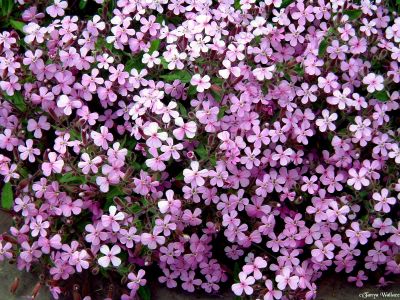Viola
Violaceae ,Viola Family, Violet
How to say it: vy-OH-luh
Description:
Violets are loved in the spring because of their distictive, colorful blooms.
The irregular flowers have 2 upper and 3 lower petals that are joined into a short fuzzy spur. The inside of the petals may have a fuzzy beard or bright yellow markings.There are 2 groups of violets which differ in their growth habit.
Stemless violets have leaves and flowers that arize in a clump from a creeping rhizome.
Stemmed Violets produce sparse basal leaves and upright stalks that bear both leaves and flowers, they also grow from a creeping ryizome.
Types of Violas:
Viola canadensis( Canada Violet
V.cornuta (Horned Violet)
V.labradorica (Labrador Violet)
V.odorata (Sweet Violet)
V.sororia (Woolly Blue Violet)
How to Grow:
Plant Violets in moist humus rich soil in light to full shade.They can spread by creeping stems and self-sown seedlings may become invasive.Divide in Spring or fall.Transplant new seedlings.
How to Grow Seed:
Temp should be 20°C
Sow march- sept
Sow july for autumn plants
Sow september for spring plants
Withstand heat better than pansies. Grow in fertile moist well drained soil in full sun or partial shade.
Cover in average layer of vermiculite
Landscape uses: Violets are lovely foilage plants for year round groundcover effect especially under trees and shrubs,however; they are also beautiful as an edging in shaded or semishaded beds because of their colorful apperance which begins in early spring and usually ends in the late fall.


